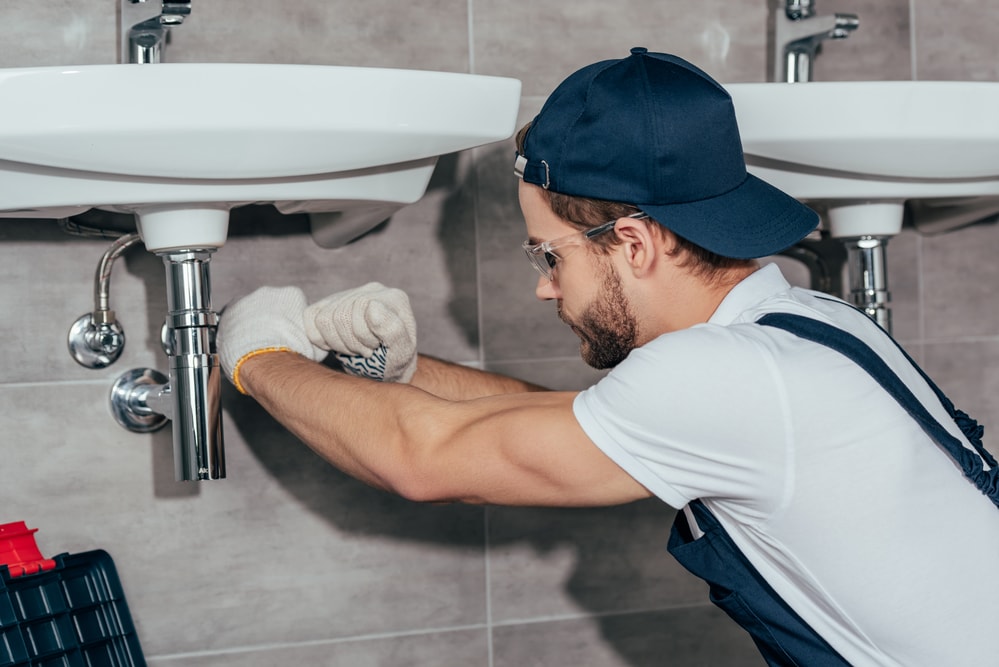Green Piping Alternatives for Any Residence
When it comes to home maintenance, the plumbing system is often an area commonly overlooked until a crisis strikes. From sudden leaks to burst pipes, many homeowners find themselves scrambling for solutions in moments of urgency. Fortunately, there are many eco-friendly plumbing solutions that can not just save you money but also help conserve our planet's finite resources. By making educated choices about your plumbing, you can tackle frequent problems while maintaining a commitment to environmental sustainability.
In this article, we will explore different aspects of plumbing that every homeowner should know, including tips on preventing clogged drains and methods to maintain your water heater. Whether you're considering a remodel or simply looking to improve your home's efficiency, understanding eco-friendly options can be very beneficial. Discover how the latest plumbing technologies and smart devices can improve your living space, while also protecting the environment. Let's dive into the basics of eco-friendly plumbing that will keep your home functioning well and sustainably.
Typical Pipe Issues and Fixes
Householders often deal with a range of pipe issues, and comprehending these problems can help in tackling them effectively. A common of the more frequent issues is a leaking tap, which not only wastes water but can also raise your water bill. A basic solution is to swap out the washer or O-ring inside the faucet. If the drip continues, you may need to look into replacing the whole faucet.
A different common problem is obstructed drains, which can occur due to a accumulation of grease, strands, or unwanted objects. To prevent clogs before they occur, homeowners should frequently service their pipes using a combination of sodium bicarbonate and white vinegar. If a clog does arise, a suction tool can often solve the issue. For tougher blockages, using a plumbing snake may be required to remove obstructions.
In conclusion, constantly flushing toilets can lead to significant water waste and increased utility costs. This problem is frequently caused by a defective flapper valve, which can be readily installed. To identify the problem, homeowners can listen for the sound of water leaking continuously and inspect the tank components. Regular maintenance and quick repairs can help avoid these plumbing issues and keep your house's plumbing infrastructure in great condition.

Emergency Preparedness and Maintenance
Being prepared for pipeline crises can save you time, money, and stress. One crucial aspect of readiness is understanding how to shut off your main water in an urgent situation. Locate your main water cut-off valve and make sure all family individuals are aware of where it is and how to use it. Regular upkeep of your plumbing infrastructure, such as checking for leaks and ensuring proper water flow, can also aid stop emergencies from arising in the first place.
In addition to this to knowing how to shut off the liquid, it's important to have a plan for dealing with common pipeline issues. For plumbers in wexford , being conscious of what to do when your tubes burst can reduce damage to your home. Keep necessary tools, such as a blockage remover and pipe wrench, available, and think about creating a small crisis kit that includes rags, a bucket, and temporary repair tape. This kit can provide immediate answers until a professional can address the problem.
Finally, routine plumbing inspections can catch potential problems before they become serious into crises. Property owners should arrange regular evaluations to make sure their pipeline systems are operating efficiently. Inspections can reveal hidden drips, signs of rust, or additional issues that may not be directly visible. Staying proactive about upkeep not only prevents emergency scenarios but can also spare homeowners cash in the future.
Upgrading and Eco-Friendly Options
When considering improvements for your plumbing system, eco-friendly solutions can significantly reduce water usage while cutting you money on water bills. One popular option is the installation of low-flow fixtures, such as faucets and shower fittings, which maintain performance while using less water. Such installations are designed to mix the water, giving you the feeling of a powerful flow with significantly lower water consumption. By making this easy upgrade, homeowners can diminish their water footprint and participate to conservation efforts.
An additional creative sustainable option is the transition to tankless water heaters. In contrast to traditional units that continuously heat the water, tankless models only heat water on request, leading to substantial energy savings. Although look what i found may be higher, the long-term benefits include lower energy bills and a longer lifespan, making them a smart choice for eco-aware homeowners. Additionally, these heaters provide an endless supply of hot water, enhancing comfort without environmental compromise.
Finally, homeowners should weigh the benefits of using PEX piping over traditional copper pipes. PEX is not only more affordable and easier to install, but it is also far resistant to rust and scaling, which can impact water quality and flow rate. Its bendable nature allows for fewer joints and fittings, which can minimize leak points and waste. By opting for PEX, homeowners can improve their plumbing efficiency and considerably reduce their environmental impact, all while enjoying durable performance.